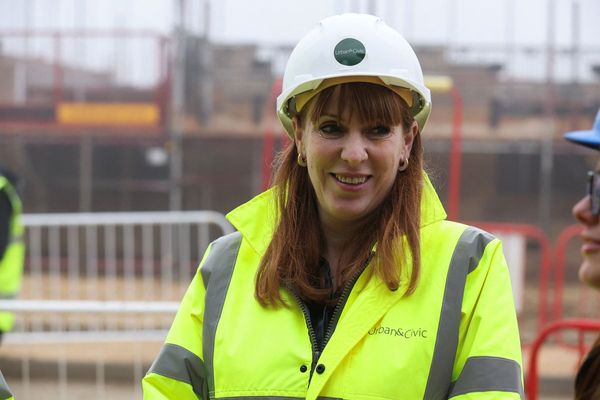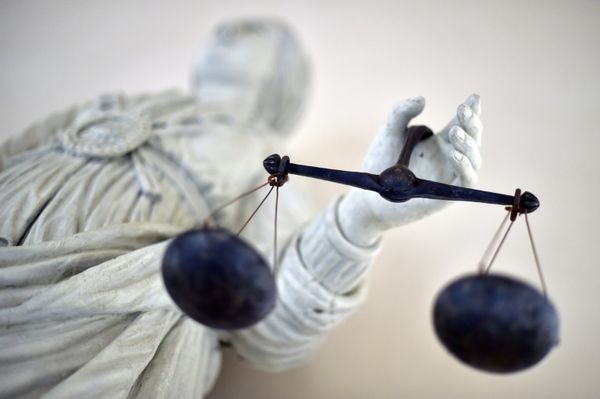
It’s a time-honoured ritual: a new government uses its early period in office to take out the trash, piling as many negatives into the budget as possible and blaming its predecessor for leaving the joint in a mess — and then claiming credit when things don’t turn out as bad as feared.
That’s been more difficult this time around for new treasurer Jim Chalmers, who has been belted with a rainbow in the form of an extra $142 billion in revenue across the forward estimates compared to what the Coalition estimated back in April’s budget (although, to be fair, Josh Frydenberg and Scott Morrison were playing their own game of trying to underpromise and overdeliver).
But despite the extra revenue, Chalmers is still presenting a tale of fiscal woe over the next decade. Net debt will be lower overall, yes — it’s expected to be $767 billion in 2026, or 28.5% of GDP, rather than $864 billion or 33%. But the good news ends there. If anything our structural deficit is worse over the course of the next decade: according to the April budget, by 2033 the gap between spending and revenue would have narrowed to less than 1% of GDP as spending stayed relatively stable as a proportion of GDP while revenue grew. In Chalmers’ world, spending continues to rise into the 2030s and the gap never narrows — it’s still 1.9% of GDP as we near the mid-2030s.
The numbers themselves are one level above guesswork, but they point to the broad direction of a budget running spending at 27-28% of GDP and revenue trailing a couple of percentage points behind it all the way.
Typical profligate Labor, happy to borrow on the never-never? They even look a little guilty — the graph revealing the above facts is extended back to the 1970s to make the gap look narrower, whereas the Coalition’s equivalent graph only went back to 2016.
But all is not quite what it seems. There are a few interesting reasons why our fiscal trajectory is suddenly so different and so much worse.
First, there’s spending. As everyone knows, because Labor has been telling us ad nauseam, spending on things like the NDIS, defence, health and interest are all going up. The NDIS in particular is going to grow by 14% a year, every year, into the 2030s. Labor will be hoping this is the last major blowout in the costing of the NDIS.
And the reason interest is going up is that Labor has changed the budget assumptions about the cost of government debt and started assuming a high bond yield — more than 50% higher than the Coalition assumed. That whacks the equivalent of 3.7% of GDP in extra debt on the budget between now and 2033.
Then we start getting into territory that looks a lot like Labor throwing every bad thing it can find into the budget and blaming the last lot. It has downgraded the level of productivity growth in the economic forecasts to what it says is a more realistic level (despite all that talk about more productive infrastructure investment), which in turn lowers GDP forecasts, which in turn pushes up the deficit — adding another 2% of GDP worth of debt. Ouch.
For a government that happened on a $140 billion windfall across the forwards, it sure looks like a terrible mess.
Labor will insist it’s simply being a lot more realistic about what the future holds for the budget. We heard something very similar from Joe Hockey and Mathias Cormann back in 2013 and 2014, when we were promised there’d be a “line in the sand” on deficit blowouts because Treasury’s habit of overestimating revenue would be reined in under new management. Of course, the goal was to lay the groundwork for a narrative of competent management, as things didn’t turn out to be as bad as forecast. That only lasted until the disastrous 2014 budget.
If Chalmers’ dismal vision of the fiscal future doesn’t spook the markets (and given the overall level of net debt will be lower, there’s no reason it should), the budget should set Labor up to unveil steady improvements in 2023 and 2024 — from dire straits to a glimpse of the promised land in just two fiscal years.







